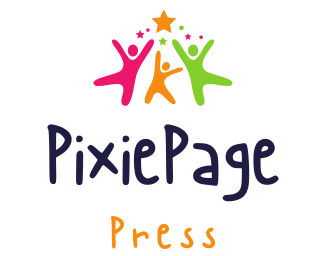Introduction
Children are naturally curious and creative, always eager to explore and learn about the world around them. As parents and educators, we have the opportunity to harness this inherent curiosity and spark creativity in kids through fun and interactive learning activities. In this article, we will delve into the benefits of such activities and provide practical ideas for engaging learning experiences that can ignite the imagination and foster a love for learning in children.
Benefits of Fun and Interactive Learning Activities
Fun and interactive learning activities offer numerous benefits for children’s development. Firstly, these activities engage the cognitive skills of young learners, helping them to develop critical thinking, problem-solving, and decision-making abilities. By providing hands-on experiences, children can actively participate in the learning process, making connections and understanding concepts in a meaningful way.
Furthermore, fun and interactive learning activities stimulate creativity and imagination in children. Through open-ended play, arts and crafts, and other hands-on experiences, kids are encouraged to think outside the box, express their ideas, and explore new possibilities. This nurtures their creativity, which is a crucial skill for success in the 21st century.
Moreover, these activities kindle curiosity in children, fostering a love for learning. When kids are actively engaged in their learning, they become more curious and motivated to explore and discover new things. This curiosity drives them to seek knowledge, ask questions, and develop a lifelong love for learning.
Fun and Interactive Learning Activities for Toddlers
Toddlers are naturally curious and eager to explore their surroundings. Engaging them in fun and interactive learning activities can provide a strong foundation for their cognitive and motor skill development. Sensory play activities, such as playing with water, sand, or playdough, allow toddlers to use their senses and experiment with different textures and materials. Simple arts and crafts projects, such as finger painting or tearing paper, help develop fine motor skills and hand-eye coordination. Nature exploration, such as going on a nature walk or observing bugs, can foster curiosity about the environment and ignite a sense of wonder.
Engaging Learning Activities for Preschoolers: Preschoolers are ready for more structured learning experiences. Interactive math and literacy games, such as counting objects or matching letters, can be engaging and educational. Science experiments, such as making slime or observing plant growth, can foster a love for science and encourage critical thinking skills. Role-playing and imaginative play, such as pretending to be a chef or a firefighter, can stimulate creativity and encourage social skills.
Fun Learning Activities for School-Aged Kids
School-aged kids can benefit from a variety of fun and interactive learning activities that cater to their interests and abilities. STEM (Science, Technology, Engineering, and Math) activities, such as building a simple machine or coding a basic program, can foster critical thinking and problem-solving skills. Reading and writing games, such as creating a story or a poem, can enhance literacy skills and encourage self-expression. Collaborative projects, such as building a model or solving a puzzle together, can promote teamwork and cooperation.
Tips for Parents and Educators
Implementing fun and interactive learning activities in children’s daily lives can be easy and enjoyable. Creating a conducive learning environment at home or in the classroom, with access to materials and resources, can encourage children to engage in hands-on learning experiences. Incorporating fun and interactive learning activities into daily routines, such as during mealtime or bath time, can make learning a part of everyday life. Encouraging open-ended play and exploration, without the pressure of right or wrong answers, can foster creativity and curiosity in children.
Conclusion
Fun and interactive learning activities are powerful tools to spark creativity and curiosity in children. By engaging their cognitive skills, fostering creativity, and igniting curiosity, these


